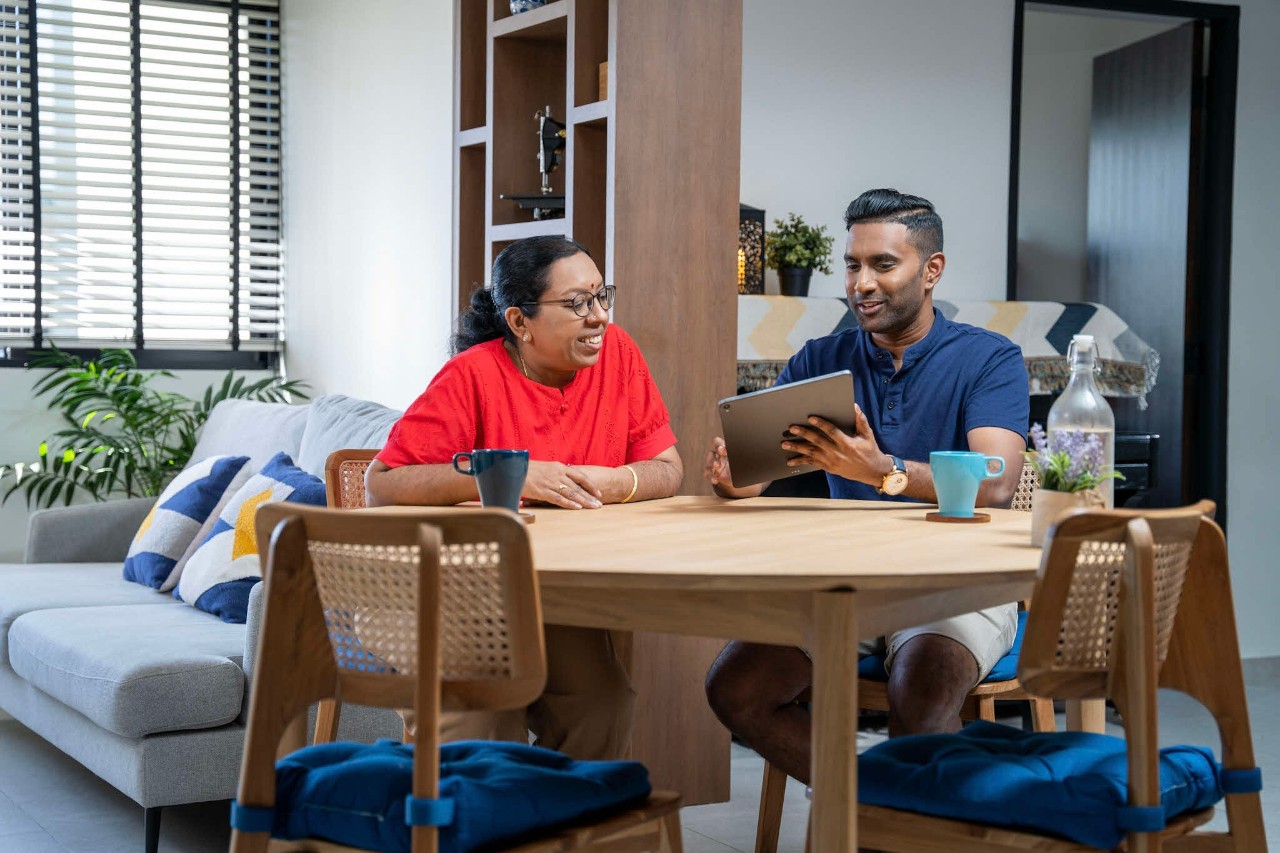27 Feb 2023
SOURCE: CPF Board

Making your money work harder through investing can be a crucial part of any solid retirement plan. By investing your money wisely, you can potentially grow your wealth over time and establish a sound financial foundation for you and your loved ones.
This is easier said than done. The key to investing lies in doing your homework and understanding what your financial goals are. For those new to investing, there is no need to worry if you have limited or no experience as there’s always a first time for everyone. Take the time to learn, do your due diligence, be mentally (and emotionally!) prepared for both wins and losses, and you’ll be up to speed in no time.
Before we get started with investing, the first rule to keep in mind is that all investments come with risks. This makes it extra important to educate yourself on some important concepts and keep a few fundamentals handy before making any sort of investments.
1. Understand your investment horizon and forecasted expenditure
Investments are not a get-rich-quick scheme. Different types of investments have varying time horizons and cater to specific objectives.
If you are saving for a short-term goal such as taking a vacation to Europe, you can consider investing in low-risk and short-term investments that can be easily converted to cash (i.e. investments that are more liquid).
On the other hand, if you are saving for a long-term goal like your retirement, you might want to look at the longer term and at a variety of investment products with varying risk levels as well as different liquidity.
Given the complexity involved, it is important to keep tabs on your forecasted expenditure such as big-ticket items before setting aside money for your investments. As a rule, you should set aside some of your income for essential living expenses before investing.
If you are planning to purchase a home in the near future, it’s recommended to set aside sufficient savings in your CPF Ordinary Account (OA) to cover the downpayment and subsequent monthly mortgage before investing. You should also consider keeping some of your CPF OA as an emergency safety net in the case of income loss.
2. Diversification is key
Diversification helps to spread out risk. By investing in a mixture of assets, it’s possible to achieve higher returns while also reducing risk.
To apply diversification to your investment portfolio, consider spreading your cash across different investment products (e.g., stocks, bonds, Exchange-Traded Funds, unit trust). With each product bringing different returns, you can balance both risk and reward.
One important factor in diversification is ensuring that you have a low-risk component in your portfolio. This provides flexibility to take on some risk with other investment products.
Bonds and/or fixed deposits are lower-risk options that can help to diversify your portfolio. To further manage the risk of interest rate fluctuations and provides a consistent stream of income, consider laddering your bonds/fixed deposit products.
Bond/fixed deposit laddering
A laddering strategy involves investing in a portfolio of bonds or fixed deposit accounts that matures at different dates.
*Using interest rates from Singapore Savings Bonds (Jul to Sep 2022) as an example.
Here’s how you can start:
1) Divide the amount you want to invest into equal amounts and allocate them in bonds/ fixed deposit accounts with different maturities.
2) As the bond or fixed deposit matures, reinvest the proceeds into new bonds/fixed deposits with longer maturities.
3) Repeat the same process of rolling over the proceeds from maturing bonds/fixed deposits into new bonds/fixed deposits with longer maturities. Over time, your returns will mature in regular intervals and allow you to take advantage of any changes in interest rates.
3. Know your risk appetite

Again, there is no guarantee that investments can make you money. As an investor, you need to stay invested even through mid-level fluctuations. This makes it extra important to understand your risk appetite and opt for investments that matches it.
While timing the market might sound like a logical decision, this often requires significant time and effort to monitor. If you do not have the time nor judgement to do so, it is better to consider lower-risk investments.
Besides investment fluctuations, it’s important to understand that some product providers might impose charges per transaction or quarterly charges as a form of service fee. This might result in lower returns than expected.
Investing with the CPF Investment Scheme (CPFIS)
The CPF Investment Scheme (CPFIS) lets you invest your Ordinary Account (OA) and Special Account (SA) savings in a variety of investment products to increase your retirement savings.
Not all your savings from your Ordinary Account (OA) and Savings Account (SA) can be used for investments. This is because the money in your CPF accounts is primarily meant for your basic retirement needs.
The risks associated with investing also applies to your CPFIS and it is equally important to be aware of the potential implications. Take the CPFIS Self-Awareness Questionnaire (SAQ) to determine if you are ready to invest with CPFIS!
For those who are ready, visit the investment dashboard (Singpass login required) to view how much you can invest with your CPFIS account.
Invest for your dream retirement
There are many ways to prepare for your dream retirement and investing is just one of them. Whatever approach you choose to take, it pays to invest your time by learning about the different options and making informed decisions on how to grow your wealth. This also includes what you can do with your CPF savings.
For more positive financial habits, check out our guide to the do/don’ts of a post-COVID lifestyle.
Be sure to also view the latest episode of our Maximising Your Money webinar where we share more about how you can start your investing journey!
Information in this article is accurate as at the date of publication.



